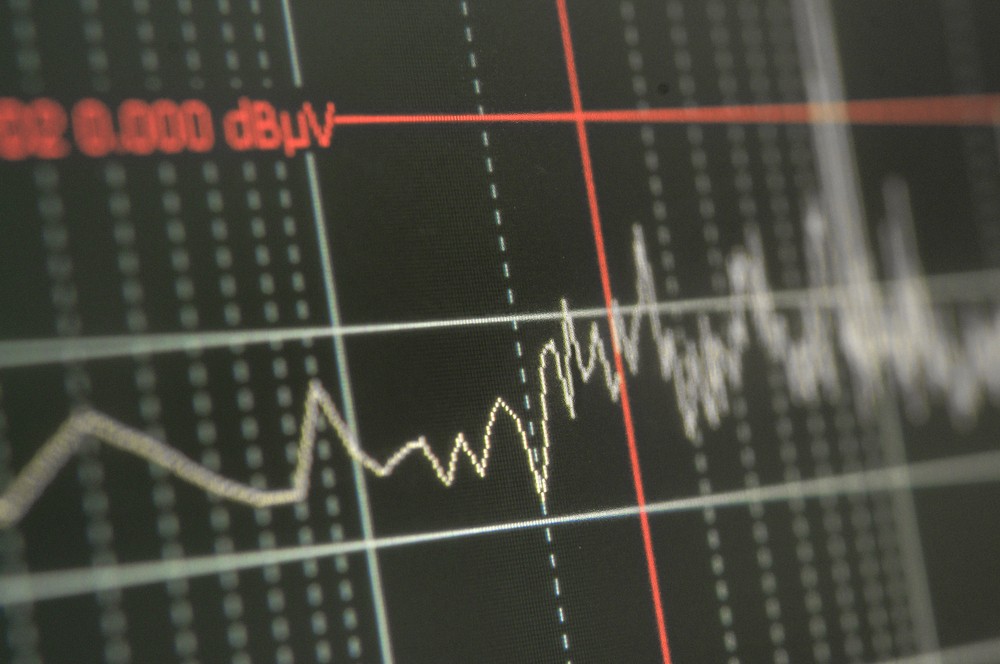Whats That Noise? – Understanding Electrical “Noise” Related Failures

One of the most misunderstood and therefore naturally misdiagnosed failure modes is electrical noise. Often times we’ll see customers and other service centers call any unexplained failure of single board components a “noise” related failure. This is especially the case when there is not a clear path of circuit damage that leads to an input, output or a major component that has a clearly understood function (such as an input bridge, output transistor, relay etc.). In this case it is usually one dead integrated circuit with no other cause or explanation that will lead to the noise related failure being reported.
What is “noise”?
To understand what truly causes noise related failure in an electrical system, it is important to understand what “noise” is. This can be somewhat difficult because it is a generic name that covers many different types of disruptive voltage conditions. To put it simply, the term “noise” refers to unexpected random variations in voltage that can potentially cause disruptions or damage in electrical circuits. Noise is a natural phenomenon that exists in every electrical system to one degree or another and reducing it is the key to preventing related failures.
What can cause “noise” in your system?
- High voltage start up and switching – When units with high voltage potentials (switch-gear, drives, motors, etc.) operate, turn on and off and start and stop, a certain amount of voltage is discharged to ground. Often some of that is carried over in the form of noise in the system. Of course the more this kind of thing happens in the application, the more potential for a noise related failure. Adding MOV’s (Metal Oxide Varistors) to your voltage lines can serve to prevent a bad noise related failure.
- Shielded cables losing insulation – One of the components of cabling that keep voltage flowing and on the correct path is the insulation barrier that cable shielding provides. If this insulation is compromised or broken, then voltage is exposed to more variance from interfering signals and therefore more noise is created in the system.
- Temperature – As temperatures increase in a circuit, free electrons move more rapidly leading to more variations in voltage and potentially could lead to a thermal runoff causing a catastrophic failure. This is one of the reasons keeping electronics cool is imperative to their operation.
- Poor wiring – Signal and communication cables are the most sensitive to the effects of electrical noise. One factor that can cause noise related issues is when a power cable, which has a good chance of generating a high amount of electrical noise, is bundled with signal cables. Whenever possible it is best to run your signal cables away from the power cables when setting up your application. If this is not possible a good solution is to switch to fiber optic communications cables as they are less susceptible to EMF interference, of course this depends on whether or not your application will allow this kind of modification.